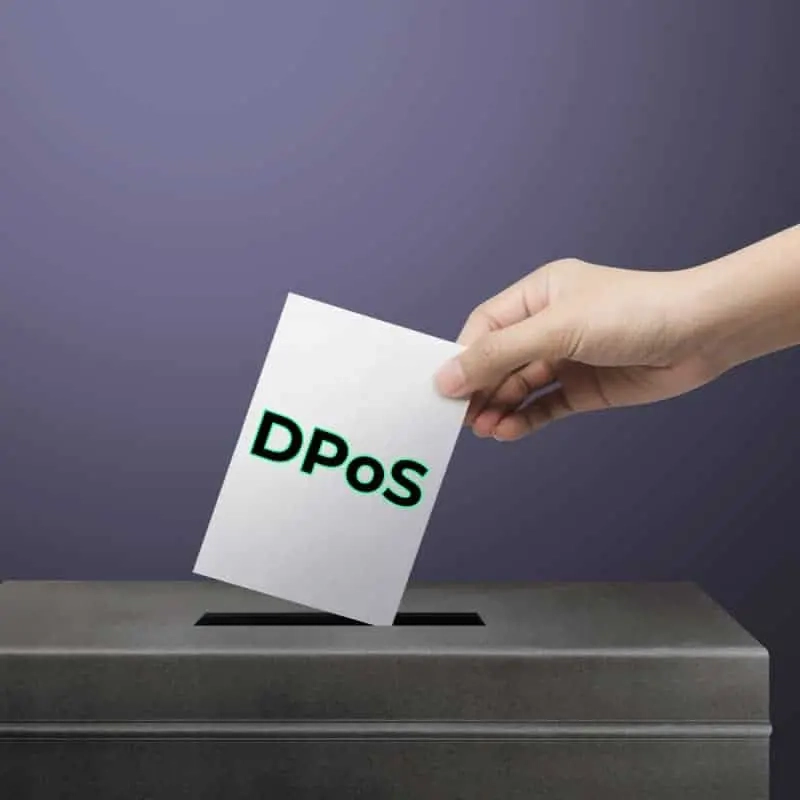What Is Proof of Stake DPoS?
In the rapidly evolving blockchain landscape, the question “What is proof of stake DPoS?” surfaces frequently among crypto enthusiasts, developers, and investors. Delegated Proof of Stake (DPoS) is an innovative consensus mechanism designed to improve scalability, energy efficiency, and governance compared to earlier models like Proof of Work (PoW) or even traditional Proof of Stake (PoS). This investigative analysis explores how DPoS works, its advantages and risks, and why it continues to influence blockchain development worldwide.
Understanding the Foundations of Proof of Stake DPoS
Delegated Proof of Stake builds upon the core idea of Proof of Stake—where validators are chosen to create new blocks based on the amount of cryptocurrency they hold and are willing to “stake.”
How Delegated Proof of Stake Works
In a DPoS system, token holders don’t directly validate blocks. Instead, they vote for a limited number of delegates (also known as witnesses or block producers) who are entrusted to maintain the network. These elected delegates validate transactions, propose blocks, and keep the blockchain running efficiently.
Key characteristics include:
- Voting Power: Each user’s voting influence is proportional to the number of tokens staked.
- Limited Validators: Typically, only a small, rotating set of delegates is active, enabling faster block times.
- Accountability: If delegates fail to perform, stakeholders can replace them through continuous voting.
This structure enhances speed and efficiency while giving token holders a democratic voice—critical factors in the growing DeFi and Web3 economies.
Why Proof of Stake DPoS Emerged
The rise of Proof of Stake DPoS addresses several pain points found in PoW and traditional PoS networks.
Limitations of Proof of Work
PoW requires massive energy consumption and expensive hardware. Bitcoin’s mining operations, for example, demand electricity comparable to that of entire nations.
Traditional Proof of Stake Bottlenecks
While PoS reduced energy use, large numbers of validators can slow down transaction throughput and complicate governance.
DPoS as the Middle Ground
DPoS strikes a balance: it keeps decentralization in theory but limits the number of active validators for improved performance. This design was pioneered by projects like BitShares, Steem, and later adopted by high-profile networks such as EOS and Tron (see official EOS documentation).
Benefits of Proof of Stake DPoS
Delegated Proof of Stake offers several notable advantages:
1. High Throughput and Scalability
With fewer active delegates, DPoS networks achieve faster transaction speeds and lower latency, supporting enterprise-level decentralized applications.
2. Energy Efficiency
Because it eliminates energy-intensive mining, DPoS dramatically reduces carbon footprints, making it appealing to environmentally conscious investors and regulators.
3. On-Chain Governance
DPoS integrates governance directly into the blockchain. Stakeholders can propose upgrades, vote on protocol changes, and replace underperforming delegates, ensuring adaptability.
Risks and Criticisms of Proof of Stake DPoS
Despite its promise, proof of stake DPoS faces scrutiny.
Centralization Concerns
Because voting power correlates with token holdings, wealthy stakeholders can exert outsized influence, creating potential oligarchies.
Delegate Collusion
Delegates may form cartels, prioritizing their own interests over network security. This risk has been observed in some DPoS networks where a handful of entities dominate block production.
Voter Apathy
If stakeholders fail to vote actively, the system may stagnate, reducing its democratic appeal.
Real-World Applications and Case Studies
EOS
Launched in 2018, EOS implemented DPoS to enable thousands of transactions per second, targeting decentralized apps at scale. Despite scalability success, EOS has faced criticism over delegate centralization.
Tron
Tron uses DPoS to facilitate high-speed, low-cost transactions for gaming and entertainment dApps, showcasing how performance-focused projects leverage the model.
BitShares and Steem
As pioneers, BitShares and Steem proved that delegated consensus could handle commercial-grade financial applications without PoW’s energy burden.
For deeper technical details, the Tron whitepaper offers insight into DPoS’s flexible governance.
Delegated Proof of Stake represents a living experiment in decentralized decision-making. Protocol upgrades, smart contract integration, and cross-chain interoperability are all areas where DPoS systems are pushing boundaries.
Emerging Trends
- Hybrid Models: Some networks blend DPoS with other consensus mechanisms to balance speed and decentralization.
- Cross-Chain Compatibility: DPoS blockchains are increasingly exploring bridges to connect with ecosystems like Ethereum and Solana.
- Regulatory Spotlight: As governments examine blockchain governance, DPoS’s transparent voting records could either attract or repel regulators.
FAQs About Proof of Stake DPoS
What is proof of stake DPoS in simple terms?
Proof of stake DPoS is a blockchain consensus mechanism where token holders elect a small group of delegates to validate transactions and create new blocks.
How does proof of stake DPoS differ from regular proof of stake?
Unlike regular PoS, which allows all stakers to participate in validation, proof of stake DPoS limits active validators to elected delegates, improving speed and efficiency.
Is proof of stake DPoS secure?
Yes, but security depends on active voter participation and honest delegates. Concentrated voting power can pose centralization risks.
Which blockchains use proof of stake DPoS?
Major examples include EOS, Tron, and BitShares, each employing DPoS to achieve high throughput and low transaction costs.
What is the future of proof of stake DPoS?
Experts expect evolving hybrid models and cross-chain solutions to strengthen DPoS adoption, provided networks maintain transparent governance.
Analytical Conclusion
The question “What is proof of stake DPoS?” captures a pivotal debate in blockchain innovation: how to combine efficiency with decentralization. By empowering stakeholders to elect delegates, DPoS offers a faster, greener alternative to PoW and a more manageable governance model than pure PoS. Yet its reliance on voter engagement and potential for centralization present ongoing challenges.
As decentralized finance, gaming, and enterprise applications expand, Delegated Proof of Stake will likely continue to evolve—potentially blending with emerging consensus technologies to meet the demands of a truly global blockchain ecosystem.

